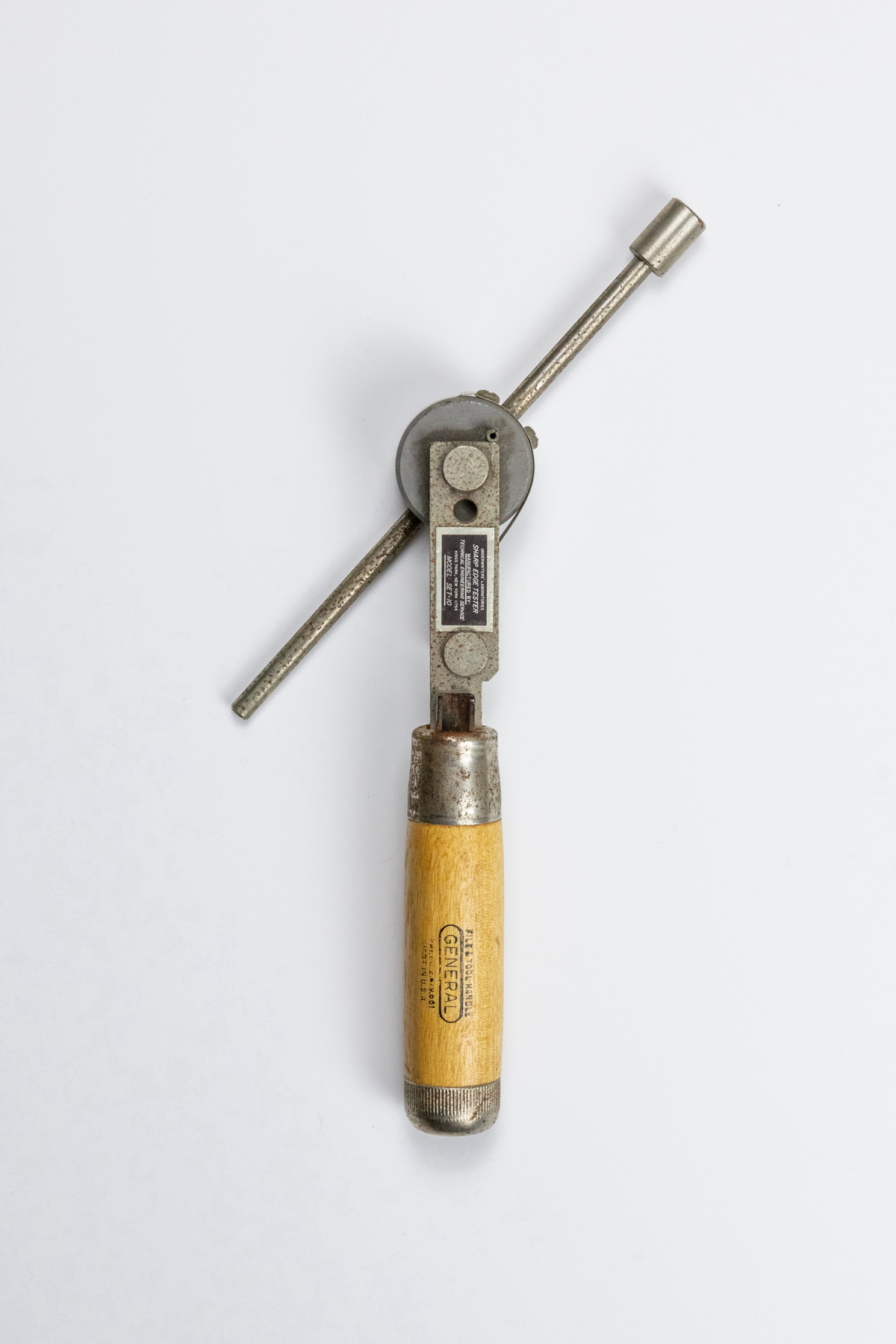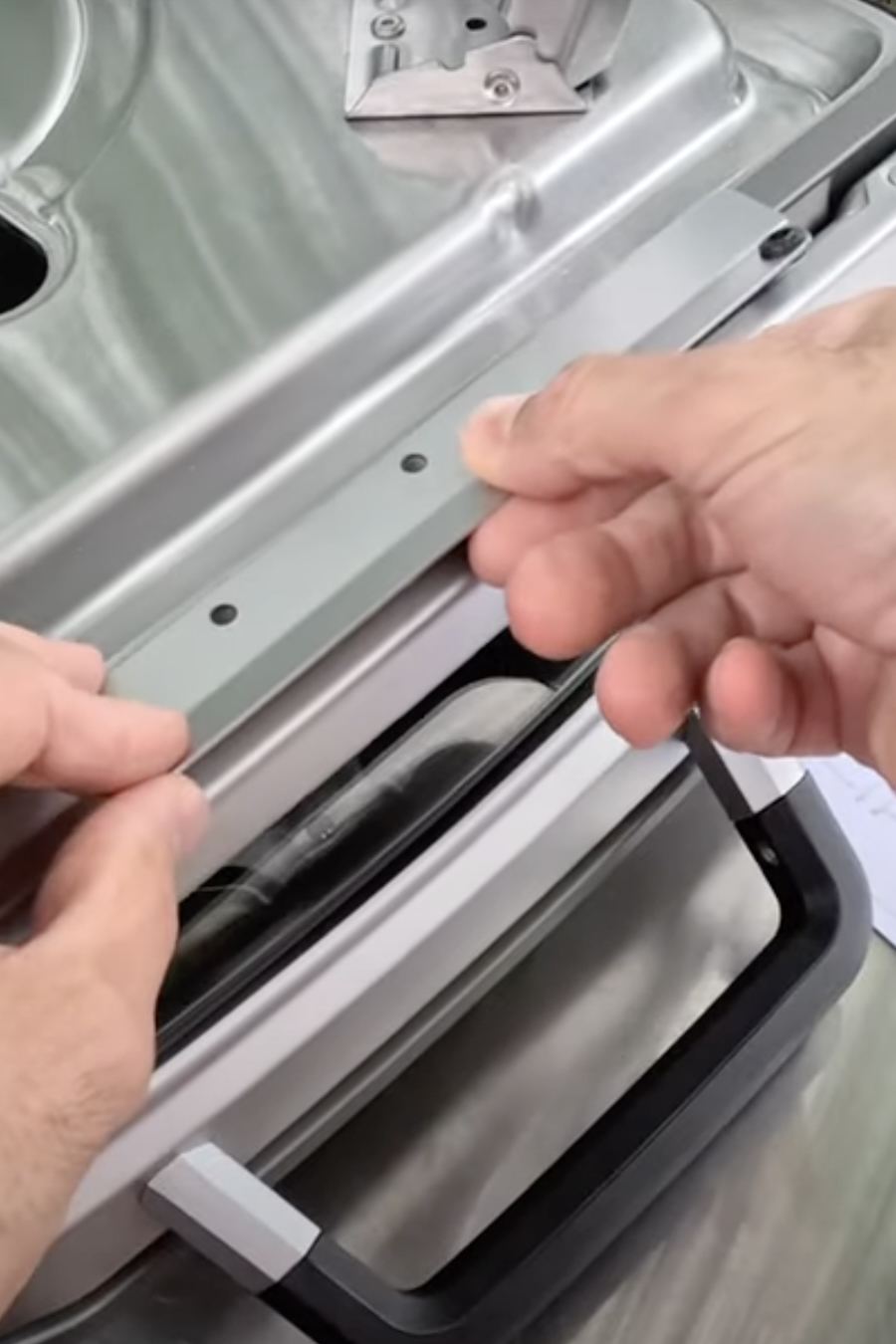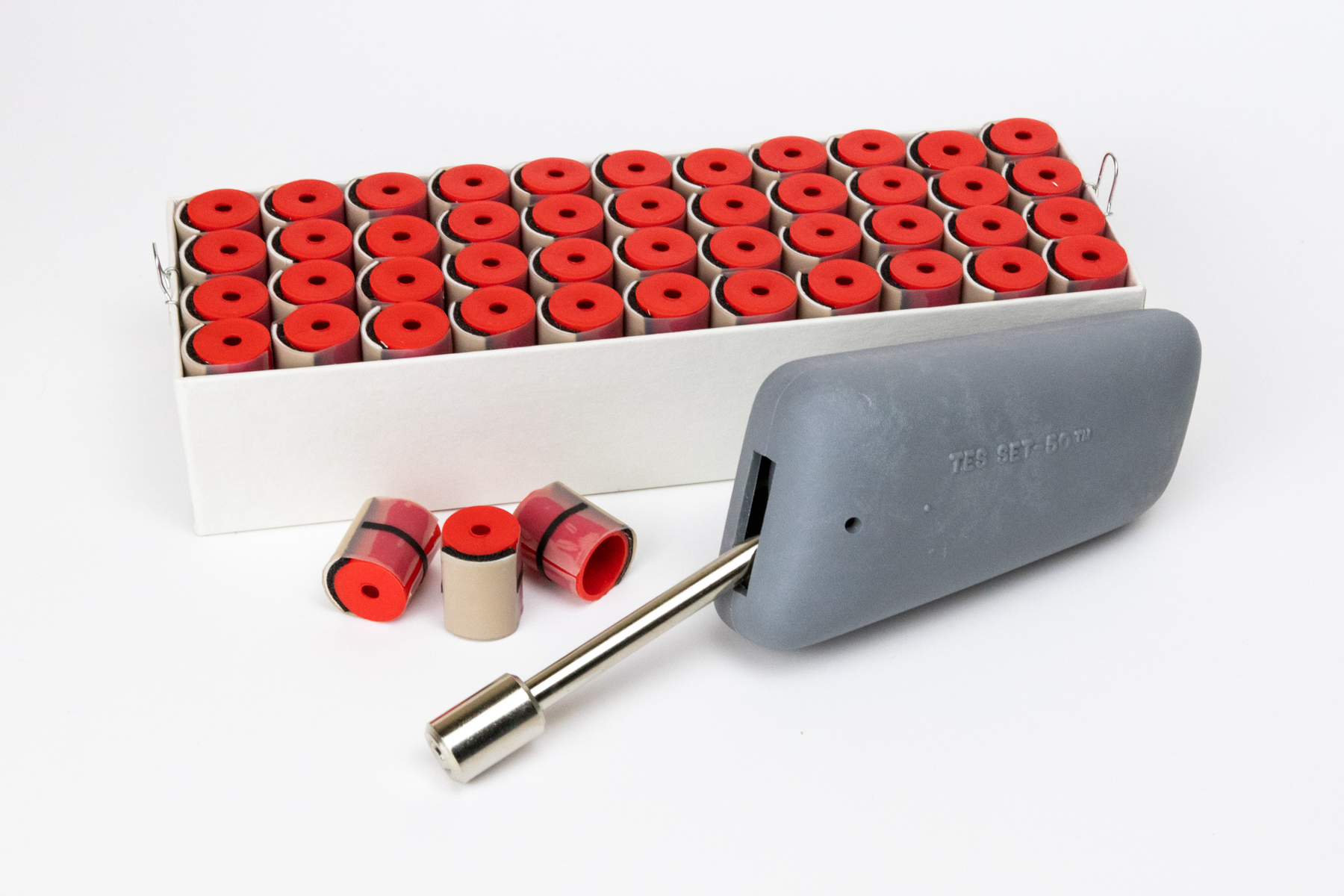Standard for Tests for
Sharpness of Edges on Equipment

UL 1439 History
In 1973 Underwriters Laboratories began work a team of engineers to develop a product that would test the sharp edges of manufactured products for safety in handling. The team recognized that everything from appliances and electronics to ceramic and metal fabricated parts has the potential to be dangerous if rough edges are not tested for sharpness.
The goal of the collaboration was to create a device that could simulate physical contact with sufficient pressure to determine if the item represented risk for injury during normal handling.
This effort helped create the UL 1439 standard ‘Tests for Sharpness of Edges on Equipment’ and was the beginning of the Sharp Edge Tester solution.
The UL 1439 requirements outline a test procedure that should be used to determine the potential personal injury related to the sharpness of edges that are part of or associated with appliances and equipment.
Over the years the solution designed to help perform this test has been enhanced and improved, but the focus on helping to make safer products has not changed.
How does testing work?
Performing a test for edge sharpness is simple. Run the tester at least 50 mm (2 inches) along the edge of the subject item and then back to its starting position without the removal of the tester from the edge. Per UL 1439, the tester and corresponding tape caps are calibrated with a force to simulate human touch. As a result, a dangerously sharp edge will cut through the two outer layers of the sensing tape, visibly exposing the lowest layer of tape (black) cap. If this base layer is not exposed then the test subject’s edge is acceptable for consumer use.
What kinds of materials can be tested?
Just about any accessible edge surface can be tested. The testing procedure is designed to exert a specific amount of pressure on the item in order to provide consistent and accurate results. As a result, items with metal, glass and hard plastic edges make the best test subjects.
Is calibration important?
In order to perform compliant tests it is important to have a testing solution that that has been created specifically to address the UL 1439 specification. It is also necessary for the testing tool to be properly calibrated at least once every year.
Safer Edges.
Better Products.
Improve Safety
Protect your customers (and your company) from injuries related to harmful, sharp edges.
Achieve Quality
Validate consistent product quality by routinely testing components and finished products your customers will handle.
Ensure Compliance
Leverage the original, industry-standard tool to ensure you are in compliance with the UL 1439 standard.
How Sharp is That Edge?
The importance of design and testing
Seemingly innocuous products can cause debilitating injuries. It is important carefully consider the impact of users encountering sharp edges on your products.
UL 1439 is an attempt to address unintended sharp edges on products. It was first issued in the early 1970s; since then several other, similar standards have been issued by other organizations.
The standard outlines a structured method to test for sharpness, adding that “an edge for an enclosure opening, frame, guard, knob, handle, or the like shall be smooth and rounded so as not to cause a cut type injury when contacted during normal use or user maintenance.” It requires pressing and sliding product edges over specific layers of special adhesive tapes under a controlled contact force. If the layers can be cut by the edge, then it is considered sharp and potentially dangerous.
The article Determining sharpness of sheet metal edges makes the case for improvements in both design and testing of products. We think the article has some good points and is worth reviewing.

